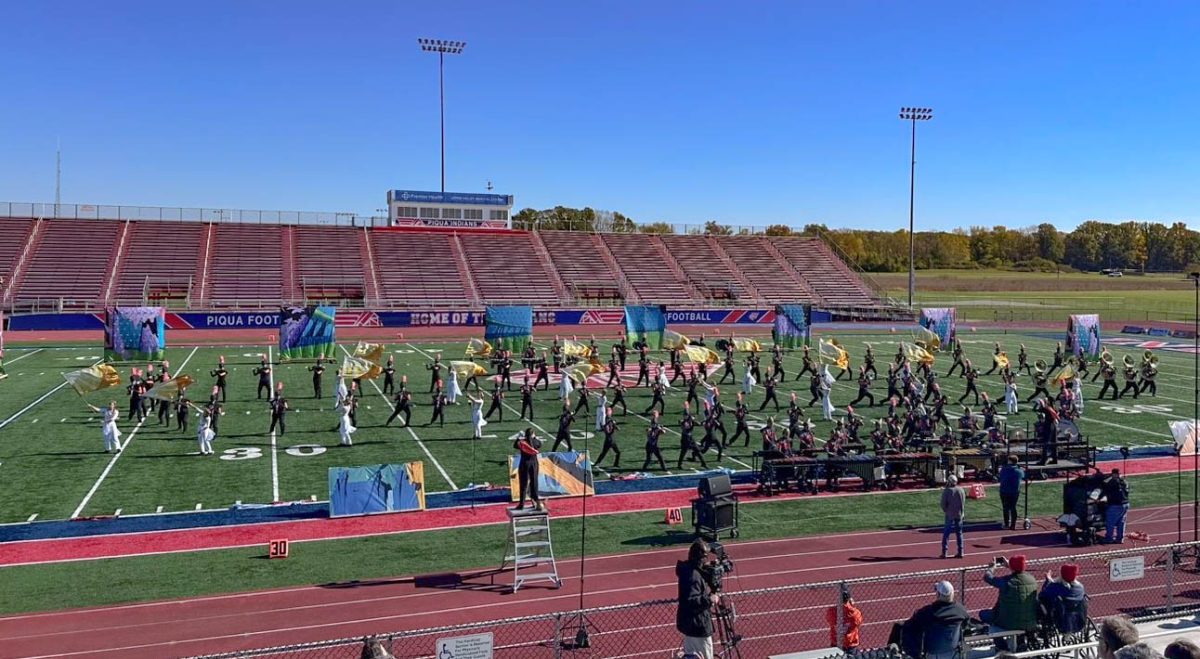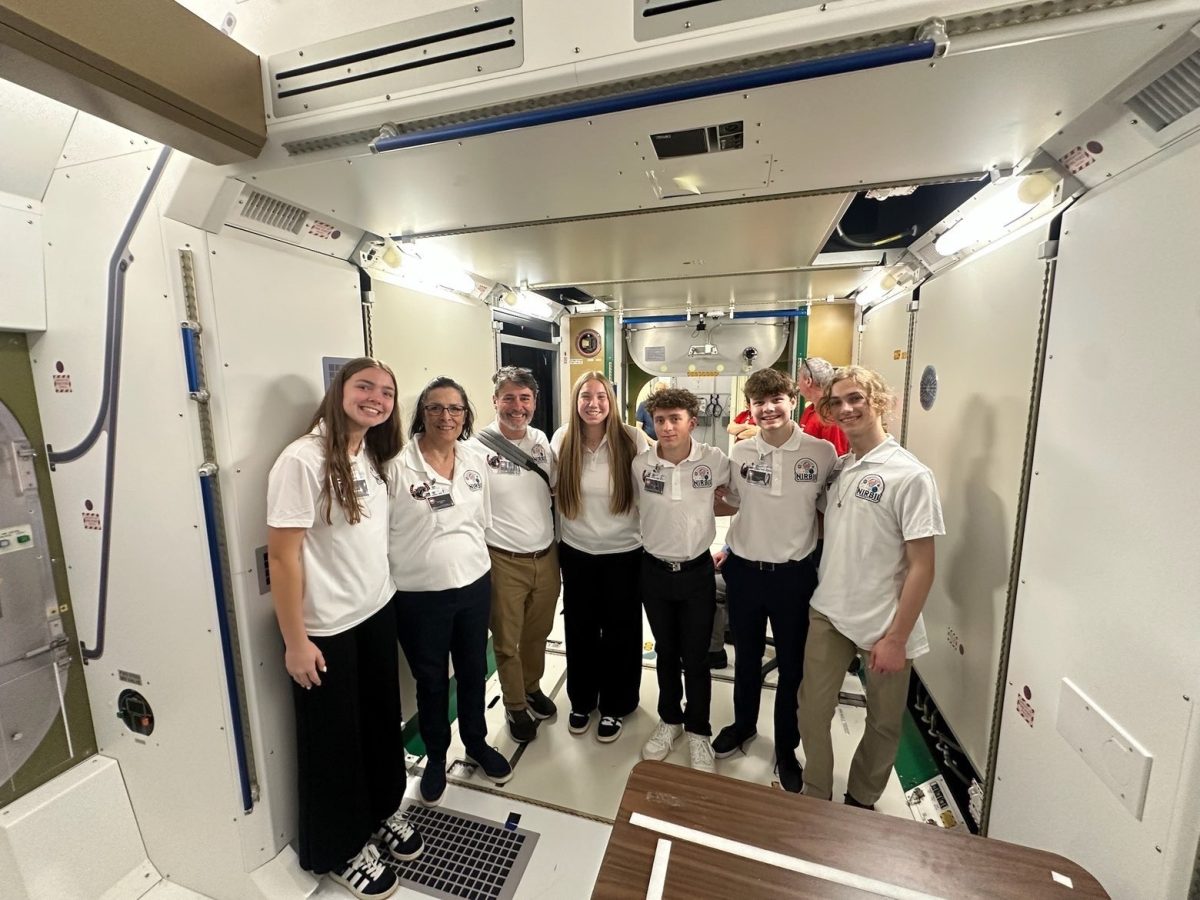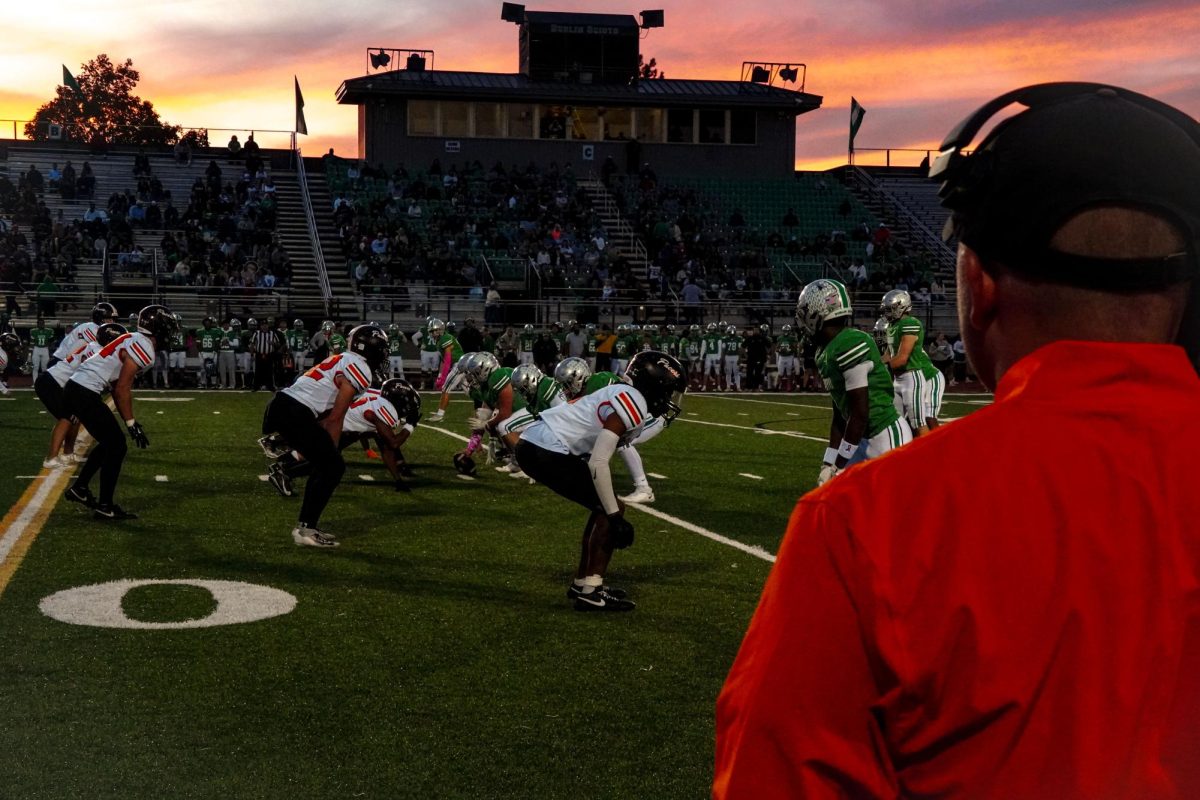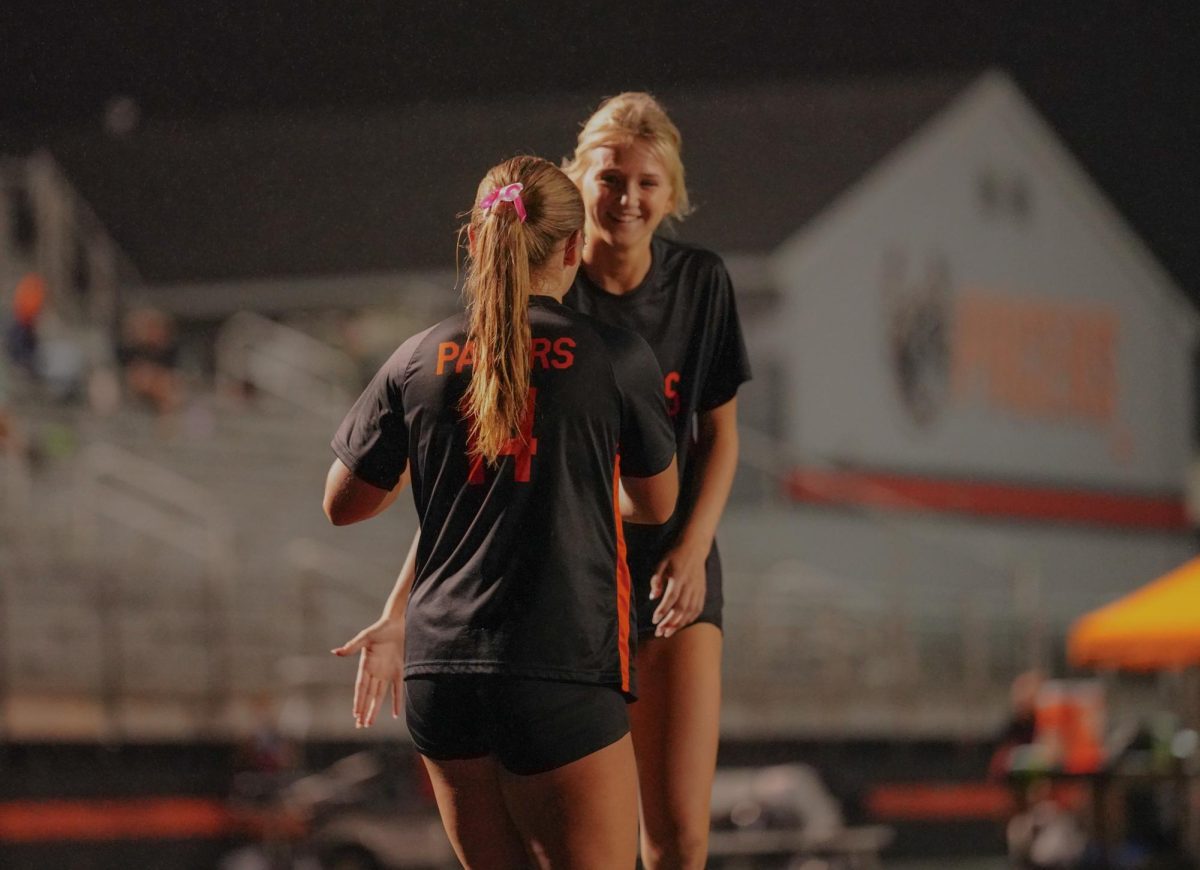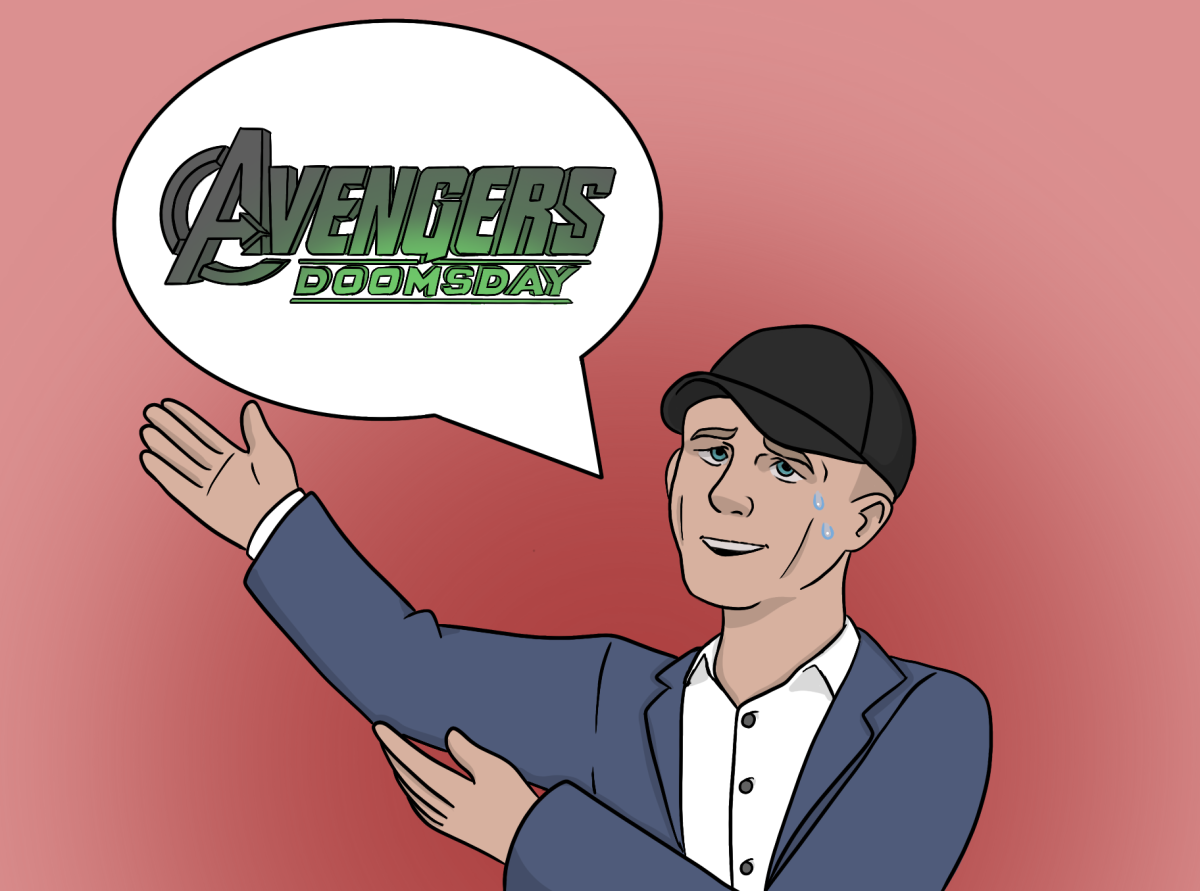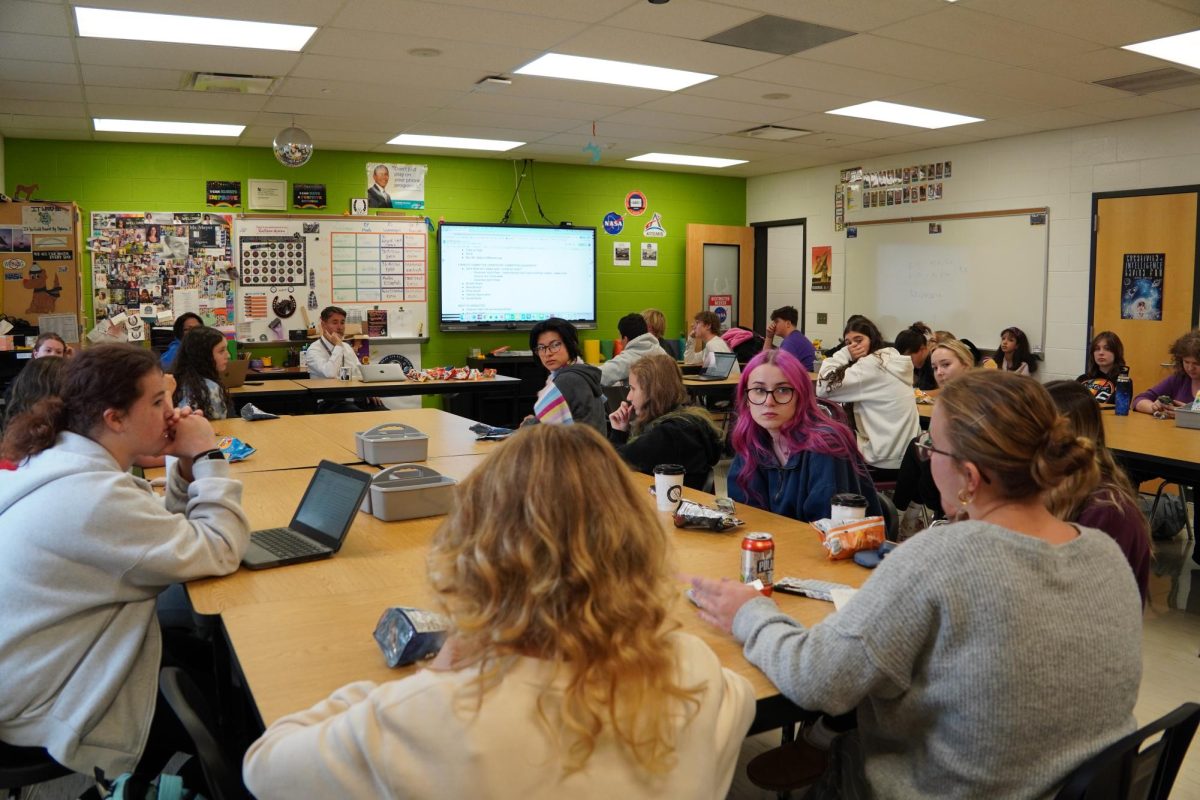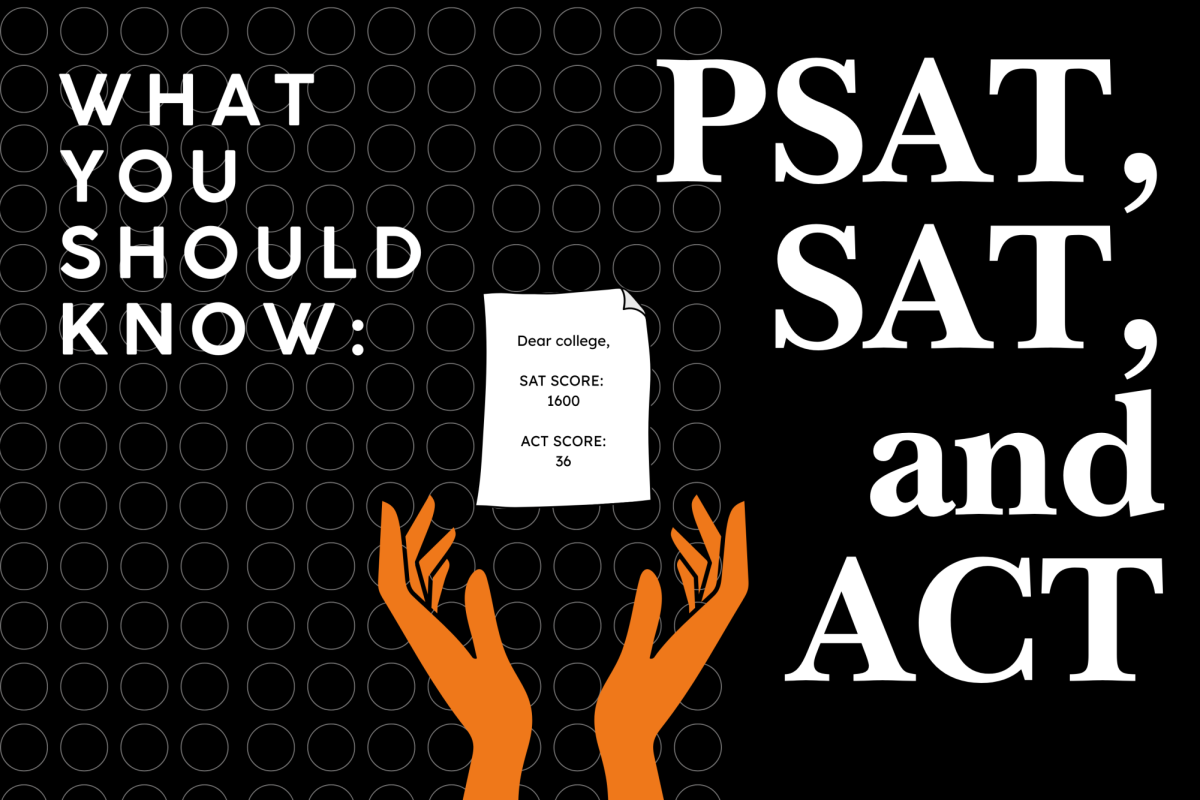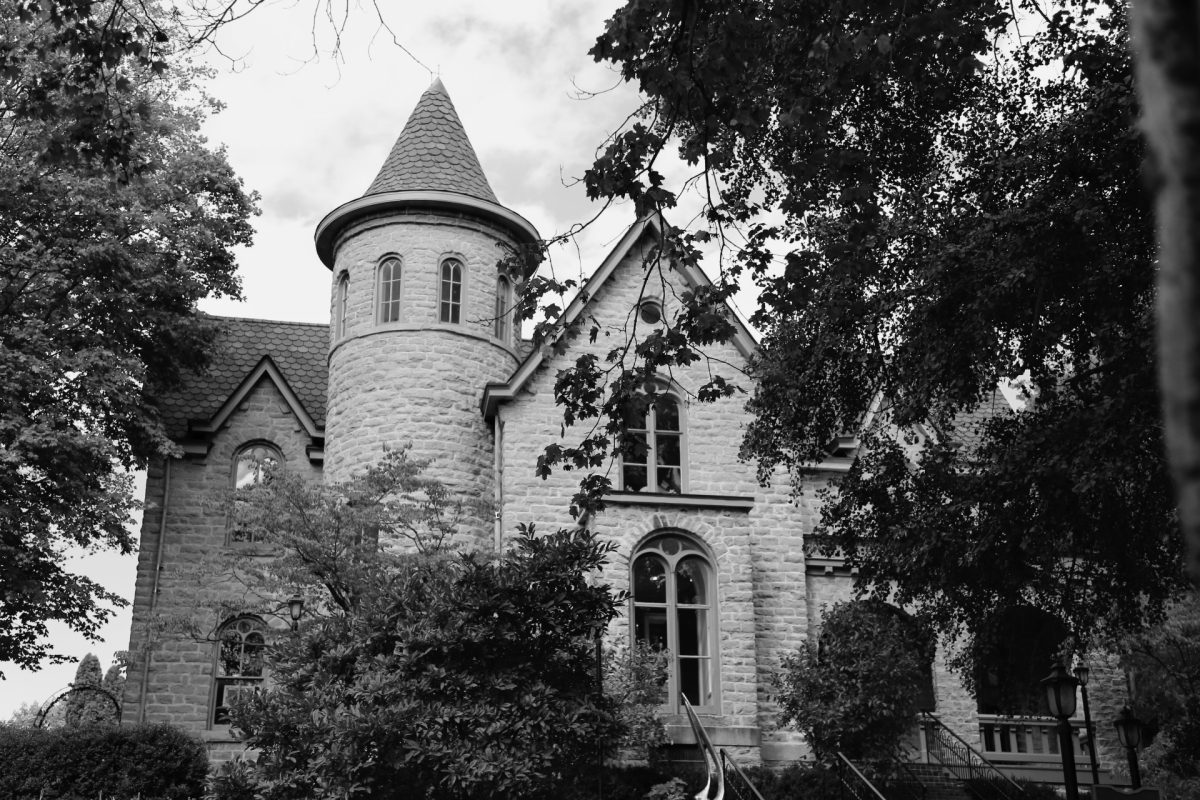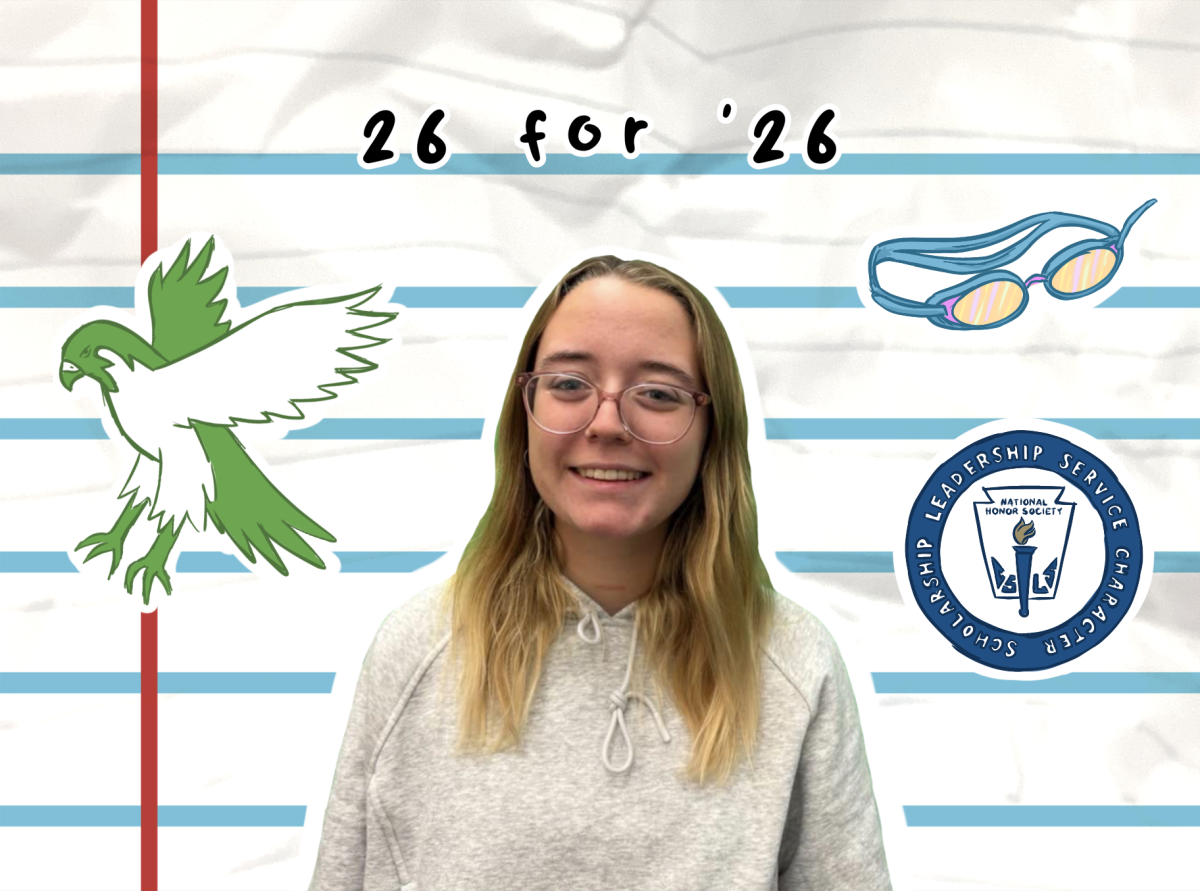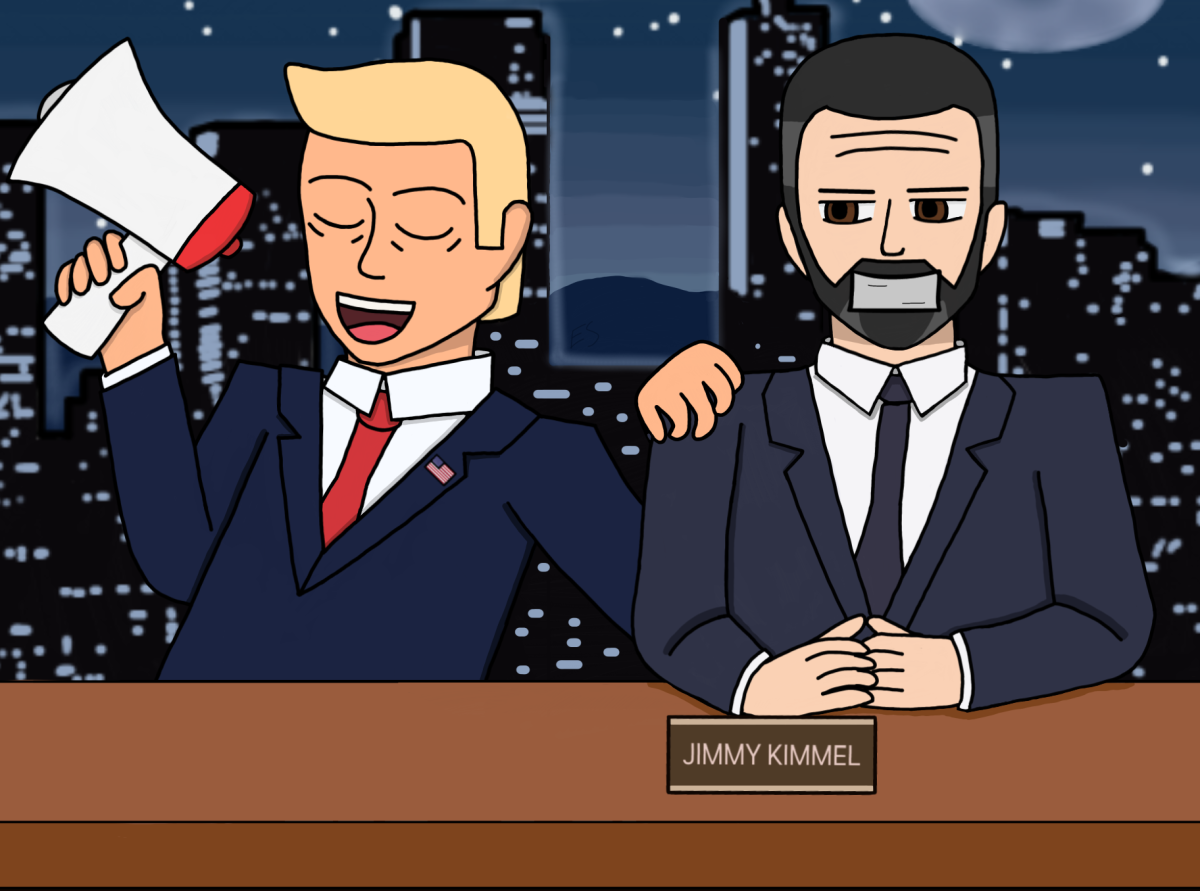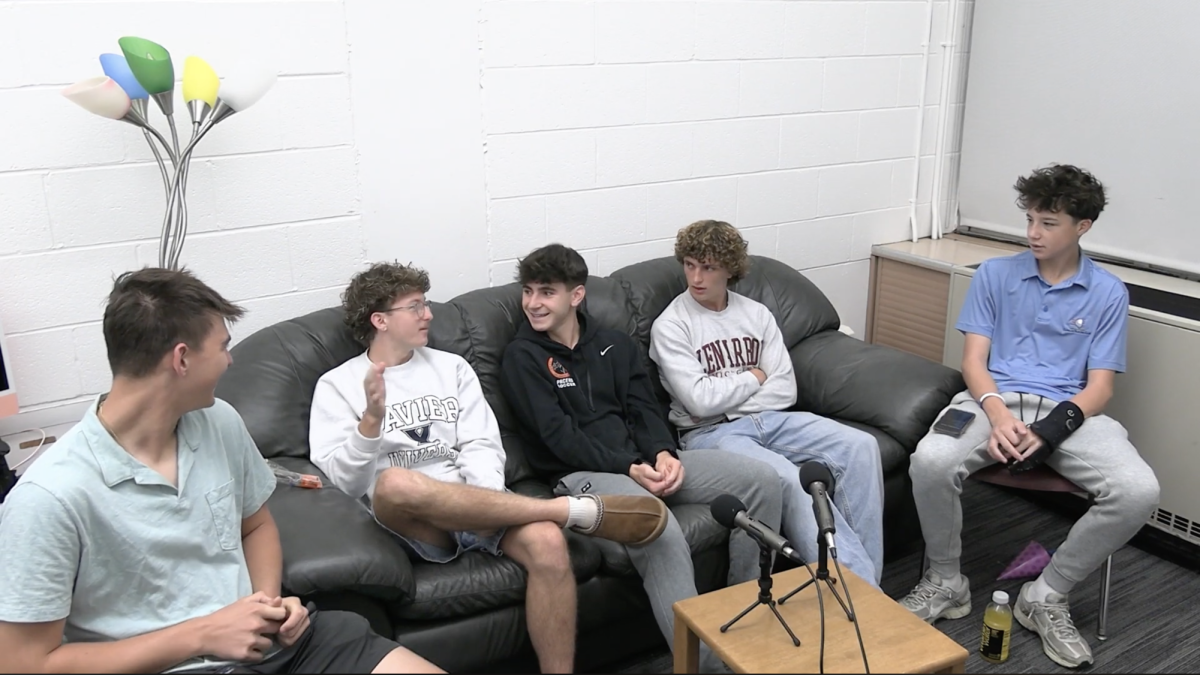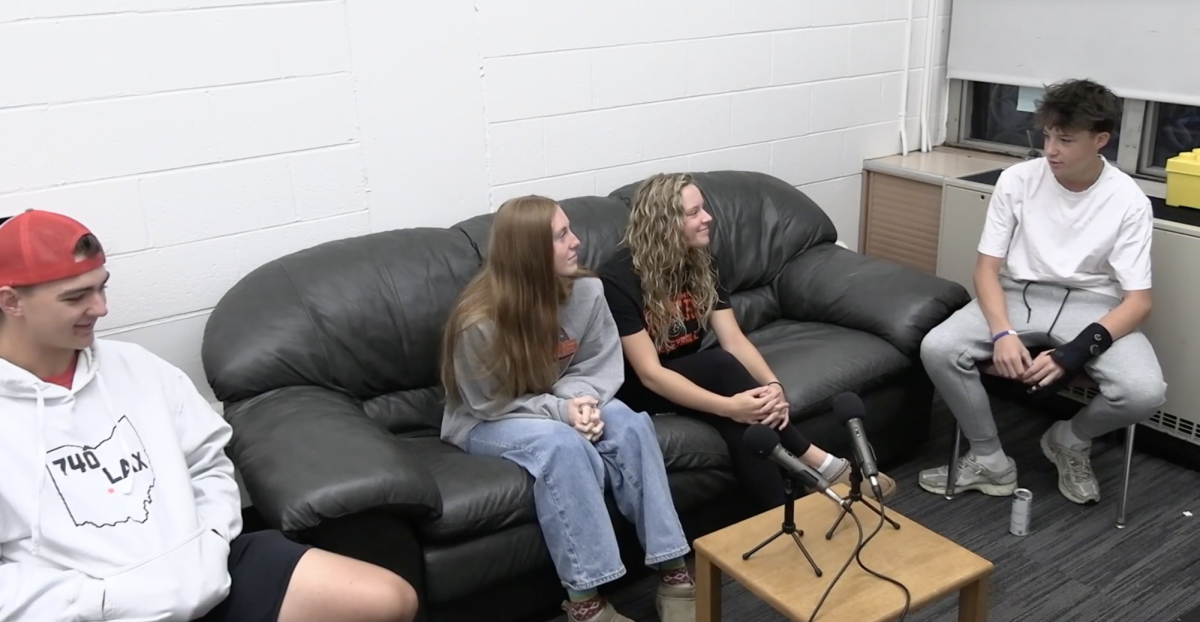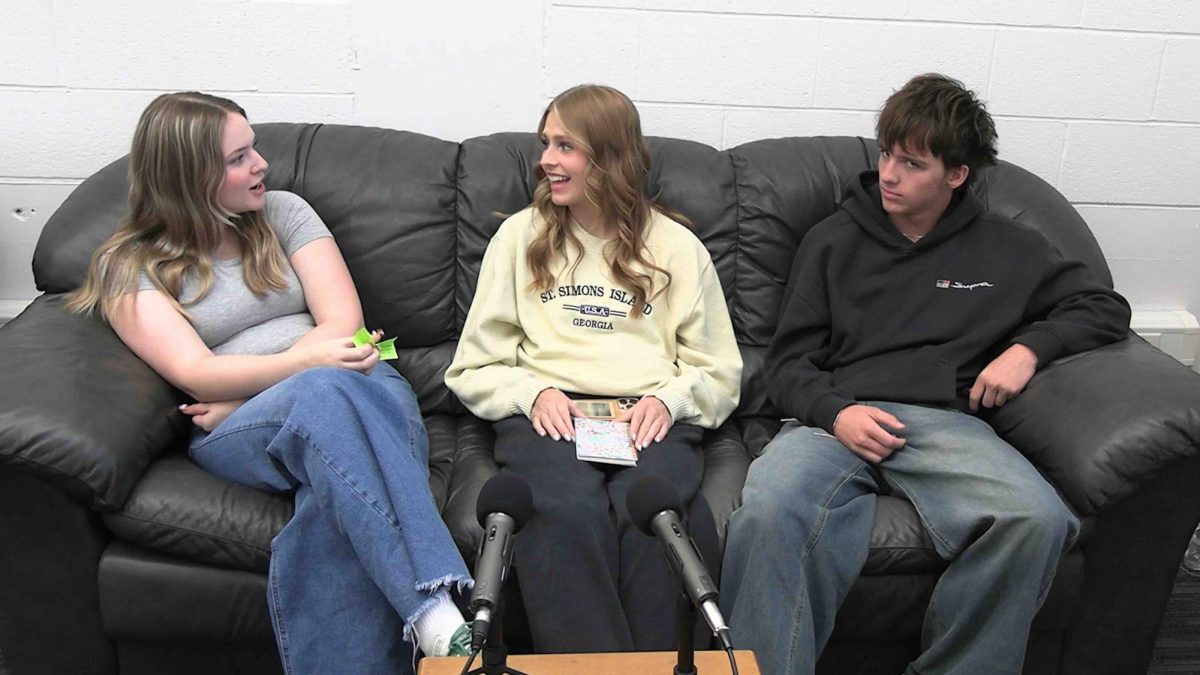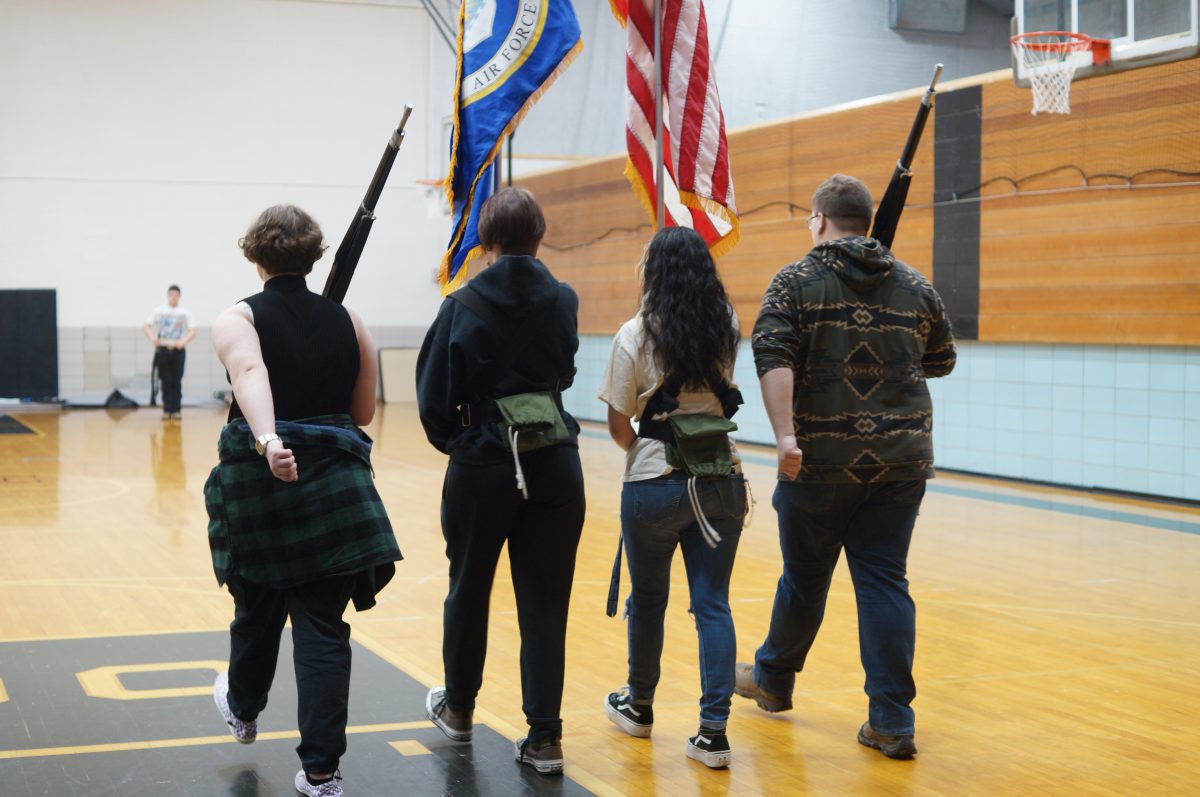At this year’s inspection, the Hayes Air Force Junior Officer Training Corps (AFJROTC) chapter passed every test with flying colors. However, one requirement may put the program in jeopardy.
“If we don’t get our numbers up, then we could potentially get shut down,” junior and JROTC cadet Patrick Wilson said. “From my understanding, we’re on probation, but [right now] we’re just going to continue on as normal.”
In response to this threat, AFJROTC students have begun recruiting initiatives including hosting fundraising events, placing posters in hallways and presenting to middle school students.
The national JROTC initiative began in 1916 in order to impart values of civil service and responsibility onto high school aged youth. The first Air Force JROTC programs opened in 1966, the same year that a unit began in Delaware.
“It’s definitely helped me a lot in terms of leadership skills, public speaking and career readiness,” senior and JROTC Corps Commander Amber Carver said. “It also helped me in my college application process because the things that ROTC trains you to do are the things that colleges want; strong character and strong leadership.”
The program is structured differently from traditional classes, with a student-led rank structure and unique requirements for membership.
Cadets are expected to wear uniforms on designated days and comply with military grooming standards, like hair regulations and limited body markings.
Yet, these requirements may be subject to change due to the low number of enrolled cadets.
“Another reason [to not join], which I’ve seen firsthand, is the uniform requirement. With the uniform, they have to adhere to very specific haircut standards and a lot of people don’t want to cut their hair,” Carver said. “JROTC now has an opt out option, so if you’re a first year you do not have to wear the uniform and you do not have to cut your hair.”
While cadets may choose to only participate in the program during the school day, there are additional extracurricular activities and events outside of school for those looking to become more involved.
“There’s also community service hours and if you choose to do stuff like drill team, [cadets] can meet other cadets from different schools,” Wilson said. “Last year when [the drill team] went to nationals, we met people all the way from Germany.”
Despite the program’s military ties, JROTC is not intended to turn students into soldiers.
“It is not [a military recruitment program]. Although you do get benefits if you join the military after being in the program, that’s not its main goal or purpose,” Wilson said. “If you put the word military on something, people are more likely to think of it as doing physical stuff, and I mean, occasionally we do physical stuff, but most of the time we’re in the classroom or we’re doing something fun.”
The program deviates from traditional lecture-based learning, with hands-on projects like rocket and airplane building.
“It really does provide a lot of opportunities for students that might not get them in other classes,” Carver said. “I know a lot of people that certainly don’t like to sit through an English class who now come to Hayes just for ROTC each day.”
For the program to remain at Hayes, 100 students must be enrolled in JROTC.
Currently, the Hayes AFJROTC program is a community of 87 cadets like junior Mark Cochran.
“I have been able to gain friends, I’ve been able to make myself recognized and it’s helped with my attitude and my personality,” Cochran said. “We have picnics, we have drill meets where we go compete with other schools and we have a lot of opportunities to improve physical and mental health.”
Students seeking to join AFJROTC should speak with their counselor before the end of the school year.


